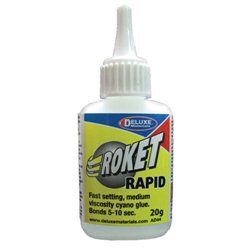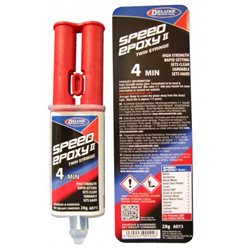Static grass puffer bottles work by manually charging model grass fibres with static electricity. When the charged...
No products
Product successfully added to your shopping cart
There are 0 items in your cart. There is 1 item in your cart.
Search Tips
How can I attach a motorcycle or bicycle figure set to my layout ?
There are a variety of figures that modellers can choose to populate their layouts. One of the key things to bear in mind when attaching figures is what is the size of the surface area of the figure to be attached. An adult figure in a standing pose offers a relatively small surface area for attachment but this is offset by the fact that the weight of the figure is usually directly above the joint meaning that it will be reasonably stable.
This process can be much more tricky when trying to attach a motorcycle or bicycle with its associated rider to a layout. The surface area for the joint is actually very small, generally quite thin and is more likely to leave a noticeable glue trace than a standing figure. The whole process is exacerbated somewhat if the motorcycle or bicycle is to be positioned taking a corner or bend and is then off the vertical as it leans into the turn.
There might be a temptation in this case to use a superglue derivative, as due to its quick action a motorcycle and rider can be quickly positioned. This may well result in a join that works but superglues offer a strong but brittle joint that is vulnerable to being knocked and has less resistance to changes in temperature than other adhesives.
Polyvinyl Acetate (PVA) glue and UHU will generally offer a strong joint with some elasticity. The issue with both of these options is that they take a much longer time to cure and so the machine and rider may well require some form of temporary brace to hold them in place whilst the glue properly cures.
Epoxy-based adhesives such as Gorilla Weld or Speed Epoxy offer a very strong bond but inevitably will take some to cure. As mentioned above in the case of PVA and UHU this will inevitably require the machine and rider to be temporarily braced in position whilst the adhesive cures. Some Epoxy adhesives are not ideal for use with plastics as they can end up damaging plastic-based materials so it is always good to check with the supplier or test on scrap materials first.
It is much easier to secure the machine and rider to the layout if they are to be positioned upright. What can help with this is to create a very small groove where the wheels of the machine are to be placed. This can help with positioning and can allow an adhesive to gain better traction by using capillary action between the figure and the groove.
Click here to receive the tips weekly in your mailbox. You can unsubscribe at any time.










